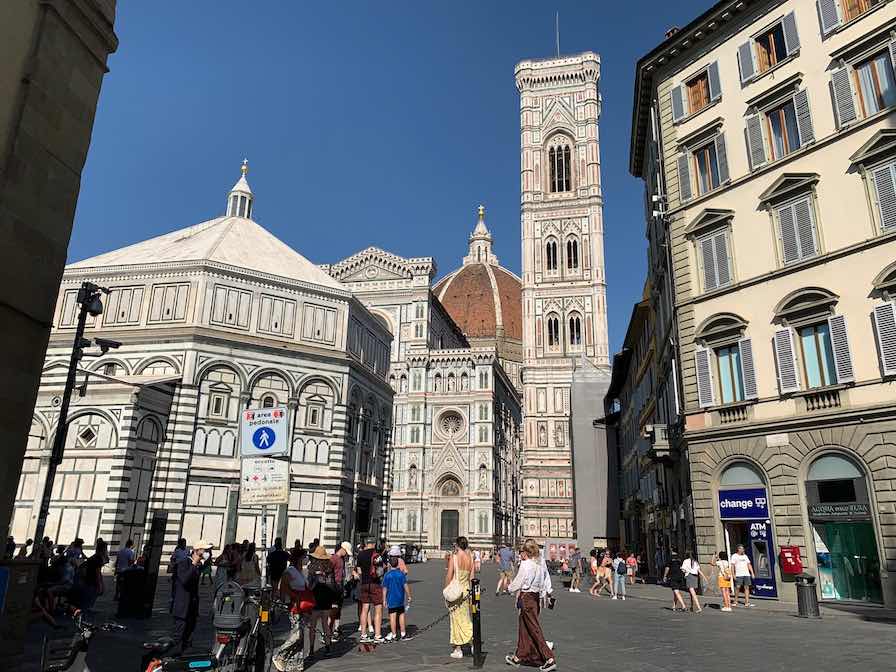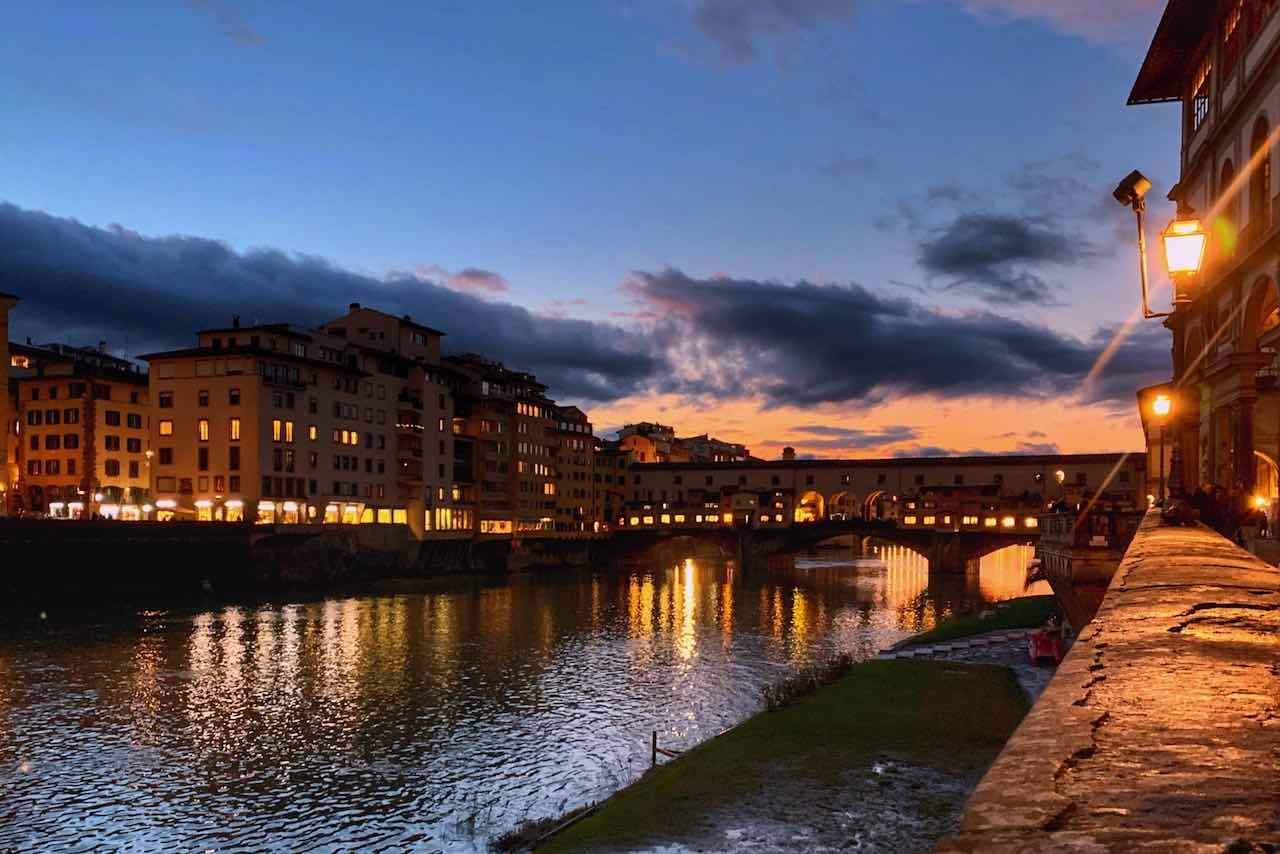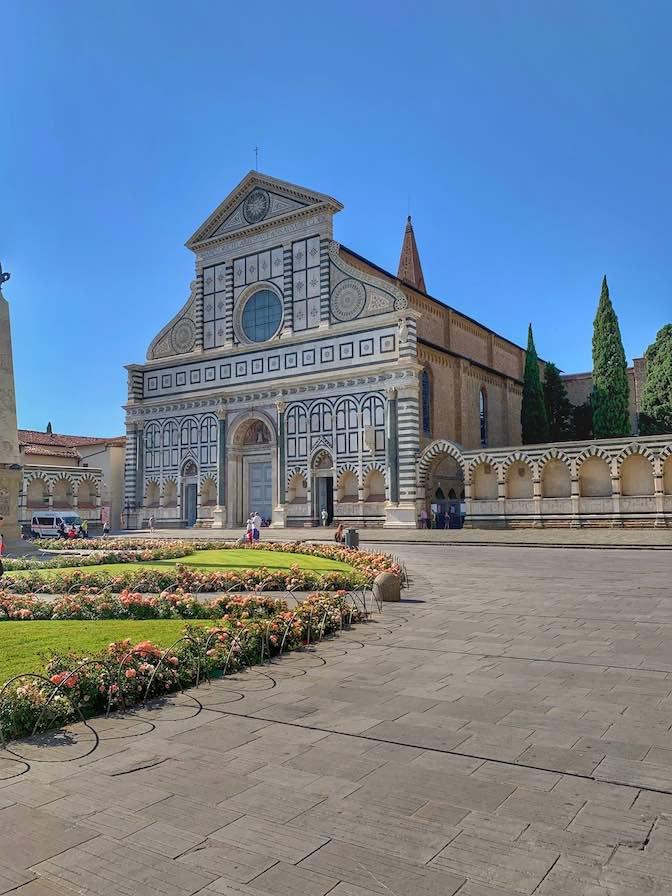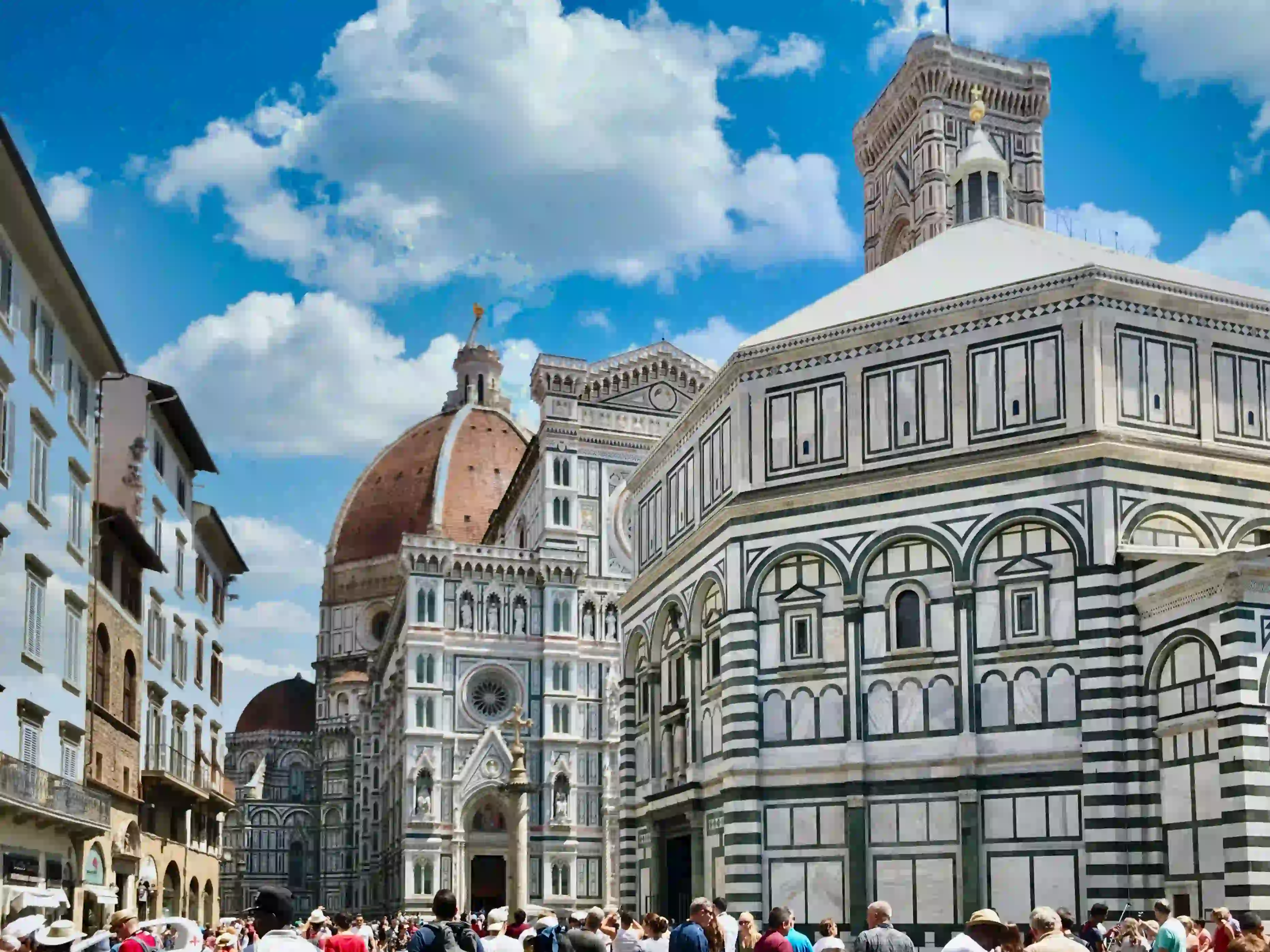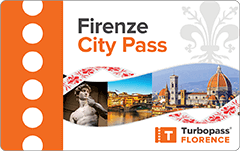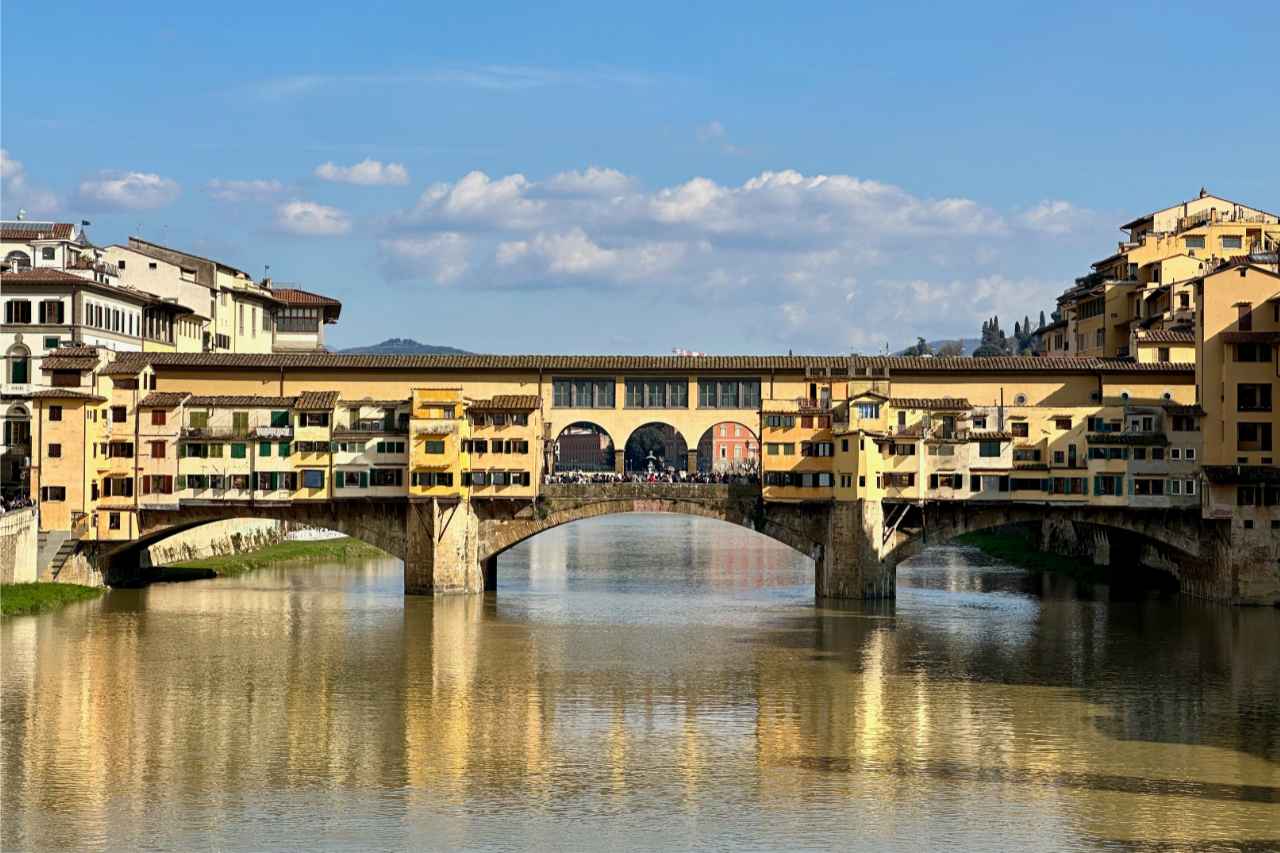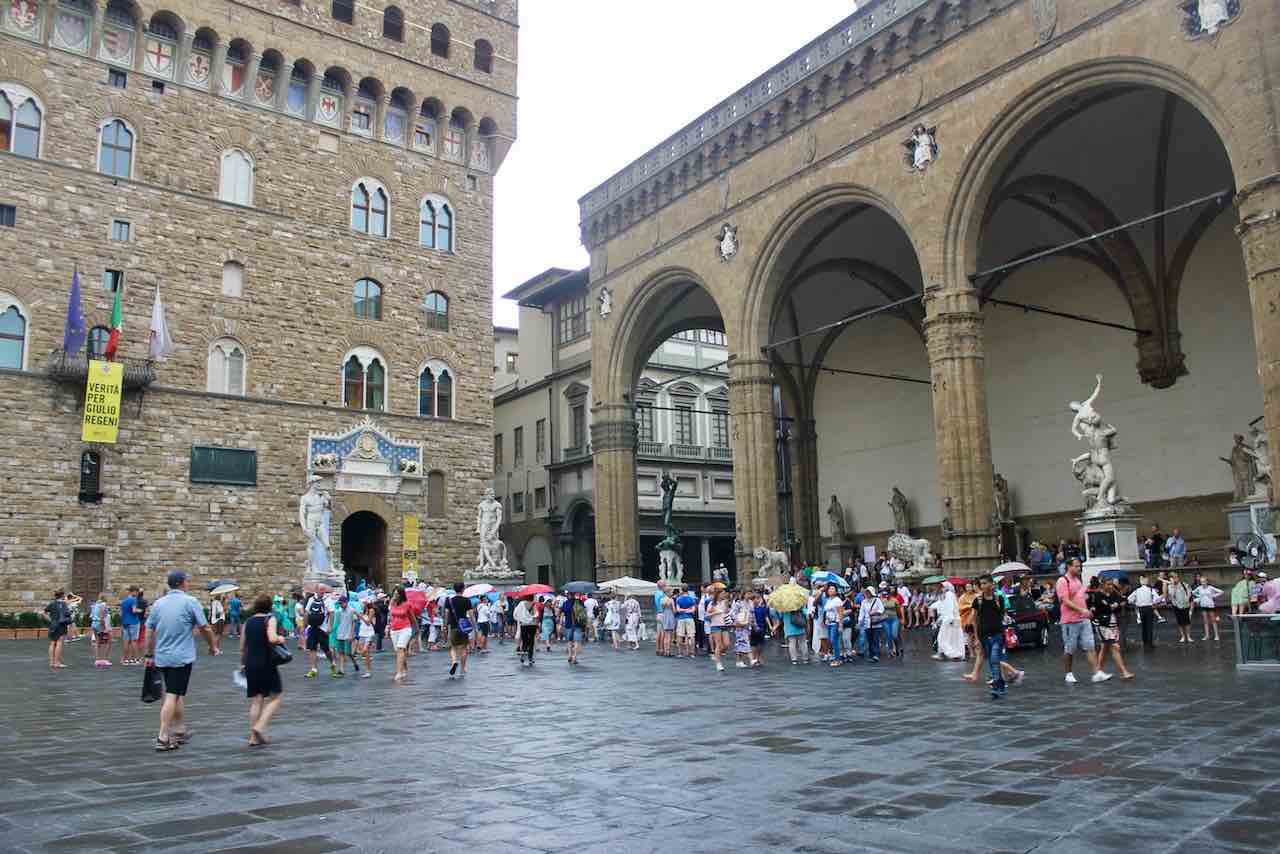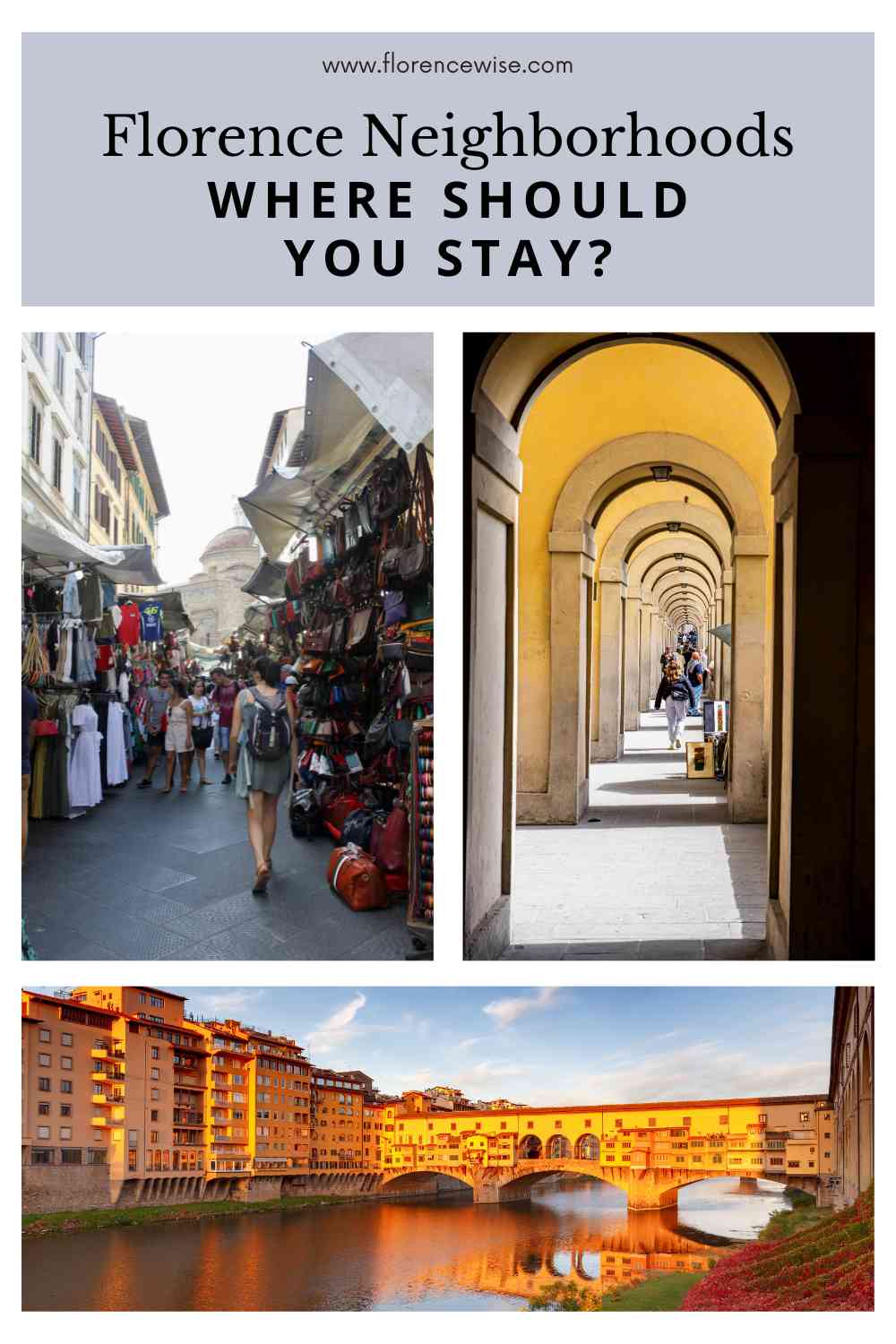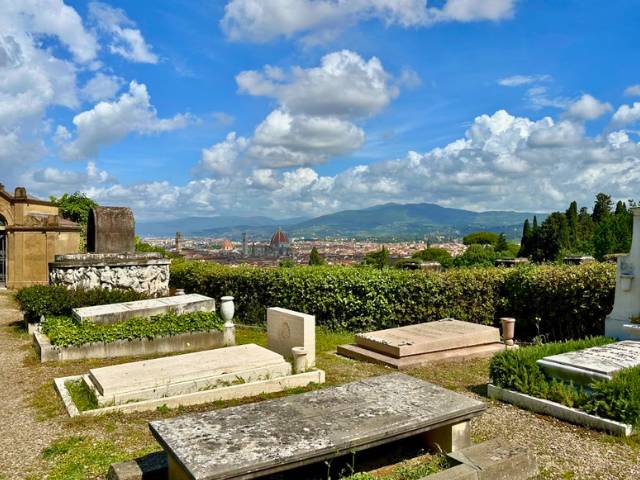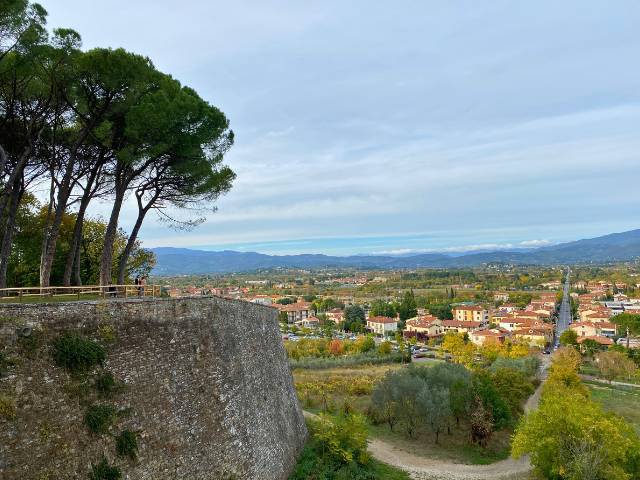- Sign up & get a FREE ebook Subscribe Today!
- Florencewise Home Page
- Florence Neighborhoods
Florence Neighborhoods - Where should you stay?
Wondering which Florence neighborhoods to visit and stay in?
Whether you want to immerse yourself in the art of central Florence, explore the architecture of this Renaissance city, or indulge in Negronis until the early hours, this guide to Florence's neighbourhoods will give you everything you need to plan your stay in historic Florence.
Florence neighbourhoods guide - Everything you need to know
The first thing you notice as soon as you arrive in Florence is its beauty.
Even when competing against the artistic merit of many other Italian cities, it is ICONIC and there is so much to see, and do!
The pearl of Tuscany, bathed by the river Arno, Florence's historic center is famous for buildings of considerable beauty and immense historical value such as those in Piazza del Duomo and around the Ponte Vecchio.
Wondering where to base a stay in Florence, or where to go to escape the crowds?
In this Guide to Florence Neighborhoods, we'll explore the different places you can visit and stay, including:
- An introduction to Florence's main neighborhoods
- The city center (including Piazza della Signoria and Uffizi Gallery)
- Santa Maria Novella (near the central train station)
- San Giovanni (the Duomo neighborhood)
- Santa Croce (prime real estate)
- Oltrarno district (on the other side of the Arno river)
- San Frediano
- San Marco
- San Lorenzo
- Ponte Vecchio
Dig in to our Florence neighborhood guide and start planning your next trip!
Introduction to Florence's main neighborhoods
Administratively Florence is divided into five Municipalities: Historic Center, Rifredi, Campo Di Marte, Isolotto Legnaia, and Salluzzo Gavinana.
The charming districts of this Renaissance city offer the perfect combination of shopping, dining, hanging out, and sightseeing.
The rich history of the city has shaped these neighborhoods' own distinct personalities.
The neighborhoods in Florence Italy have a long history stemming from the medieval times to the twentieth century.
The city delivers the perfect landscape of bold colored buildings, elegant villas, beautiful churches, world-famous museums, impeccably landscaped gardens and elegant shopping in winding, narrow streets.
You are sure to have an amazing time whether you want to sample delicious local food and wine in great bars, gaze at the iconic Ponte Vecchio or head for Florence's finest boutiques or vintage shops.
With so much local life to experience, it's a good idea to get your bearings and learn about the best neighborhoods of Florence.
Take a look at these pages to find out how to make the most of your time in Florence:
This guide to Florence's neighbourhoods focuses mainly on the city centre neighborhoods which are of the most interest to visitors:
City center
A stay in Florence is unimaginable without visiting Florence city center.
It is the epitome of culture and grandeur.
The city centre is divided into 20 historical districts (rioni).
The main sights and landmarks of these rioni contain so much artistic and architectural value that the entire centro storico of Florence is a UNESCO World Heritage Site.
You will find all options from a traditional hotel to a boutique design hotel, simple apartments to luxury rooms with views of the Uffizi gallery on offer in the city center, but you will pay a premium for staying so centrally.
If you would prefer to stay slightly outside of the most central part of the city, these other neighborhoods may be for you:
Santa Maria Novella
If travelling by train, it is very likely that you will begin your stay in Florence by arriving at the main train station in Santa Maria Novella.
As the heart of the North-South Corridor rail system, the train station is known to be the best link from central Florence to many of Italy's most popular destinations like Rome, Venice and Naples.
What to see
The Santa Maria Novella neighbourhood takes its name from the Basilica of Santa Maria Novella, a monumental church which welcomes visitors in this area.
Whilst it might be not at the top of your list of things to do during your stay in Florence, I highly recommend paying it a visit as it's a masterpiece of medieval Italian Gothic architecture.
Piazza Santa Maria Novella, where the church is found, is one of the most beautiful squares in Florence.
Santa Maria Novella is also a mecca for bargain and souvenir hunters, as it is located right next to the San Lorenzo market, the largest and most colorful street market in the city.
Where to eat
This district is packed with affordable eateries: fast-food, pubs, restaurants and pizzerias.
It is also a great location for tourists and visitors to get to the city’s most popular landmarks, mostly located within an easy walk from it.
Where to stay
This is the best neighbourhood for budget accommodation options.
There is plenty on offer ranging from hotels to B&Bs and even hostels.
🔐 Store your bags and luggage securely! 🧳
We're parterned with Radical Storage who have locations across Italy for you to keep your luggage safe before and after check-in, while on day trips and for everything else between 👌
Click here to book now and use code FLORENCEWISE to save 5%!
San Giovanni (Duomo neighborhood)
The Duomo neighborhood is located in the north-east of the city and is the heart of Florence.
It takes its name from the Baptistery of San Giovanni, one of the oldest and most important monumental churches in Florence.
Remember that San Giovanni is also the patron saint of Florence, so put June 24 in your diary as a date to AVOID.
If you are ever in Florence on this day, it is impossible to access the Duomo neighborhood easily (given the many events planned throughout the city).
Do not drive and most importantly, make sure you’ve booked your activities/itineraries far in advance!
What to see
Though largely known as the Duomo, San Giovanni is the central area towards which every street converges.
It makes up a large part of Florence's centro storico (historic centre) and is home to its most iconic monuments: the Duomo, the sumptuous cathedral of Santa Maria del Fiore (with its world-famous dome or cupola) and Giotto's Campanile.
Where to eat
Unsurprisingly, this district (particularly around the main piazza) is filled to the brim with tourist crowds.
As a result, almost all the local shops and food venues have been designed for tourists: flashy ice cream shops and bars, high fashion shops and luxurious cafes.
It can be a challenge to avoid these tourist traps as they fill every corner of the district with 5-star prices and, very often, poor quality.
However, if you do attempt to search out good local cuisine, there are some tasty restaurants around.
You can discover some local flavor at family-run neighborhood Florentine joints, but be aware that the price point is still similar to the tourist traps given the central location.
Santa Croce neighborhood
Santa Croce is a small neighborhood located south-east of the historic center of the city, taking its name from the Basilica of Santa Croce.
The square in front of this monumental religious complex is the perfect example of Renaissance Florence.
What to see
Santa Croce is the best neighborhood for people watching.
Venturing through the cobble-stoned back-streets of Santa Croce is the perfect location to see locals gathering and to overhear them jabbering (in perfect Florentine dialect) from their windows while hanging out their laundry, or while sipping a cup of espresso arguing over a soccer game gone bad!
The beauty of the buildings of Santa Croce meets the sparkle of its people, a mixed community of hipsters, middle class professionals and self-employed artisans forming an enclave that boldly defends its local culture and heritage.
Santa Croce district is also known as the “green lung” of the city with its historical gardens bearing witness to Florence’s history and culture.
Shopping
Shopping in Santa Croce is fun and definitely not cheap!
There are many boutique stores (mainly leather and shoes) tempting you with their unique collections and contemporary decor, elegantly blended into noble buildings.
Where to eat
Santa Croce neighborhood is a great place to eat.
The restaurant scene is a good mix of noteworthy venues, (some of which are so popular that I recommend booking them far in advance) and some with fixed price menus.
Scattered around there are a few more affordable, less-frills restaurants that are worth stumbling down those cobblestone streets to search for!
Where to stay
Obviously the neighborhood offers many places to stay, with certainly more expensive options than the rest of the city.
There are several upscale hotels offering accommodation in converted mansions, some even have a rooftop terrace!
The Oltrarno district
Know as 'the jewel of the other side of the Arno river', this is by far one of my favorite neighborhoods of the city.
It’s small, but it packs in so much history and continues to thrive with craftsmen’s workshops.
You should definitely include it on your to-visit list during your stay in Florence.
The best way to experience Oltrarno’s cultural heartbeat, from the traditional to the cutting-edge, is to walk through it.
Immerse yourself in the intertwining of shops and local restaurants, along with museums and lesser-known monuments.
You'll be sure to have a very memorable stroll!
Prefer to stay in apartments rather than hotels when you travel?
Florence has a large range of rentals available, from high-end luxury spaces to affordable options there's something for everyone!
What to see
Enjoy the architecture of Oltrarno’s piazzas, from the bohemian atmosphere of Piazza della Passera, to the touristy yet grand “balcony-over the city” of Piazzale Michelangelo.
Delve into the spiritual atmosphere of San Miniato al Monte church, one of the city’s truly ancient places.
Venture along Via Toscanella towards Borgo San Jacopo and pause long enough to notice the Case Torri, the tower-mansions of noble Florentine families, which are so tall that they are know as 'Medieval Skyscrapers'.
Not to mention Santo Spirito’s palaces , of which the most famous is undoubtedly the Pitti Palace.
Built by its namesake founder, Luca Pitti, it was designed to outmatch the mighty palaces of the Medici.
And last, but not least, enjoy the colorful gardens of Torrigiani and Bardini.
Where to eat
This old neighborhood is home to many top rated restaurants that reflect its local heritage and local produce.
Behind the solemn look of the neighborhood's venues, these osterie and trattorie often come with a homey, cozy atmosphere perfect for family dinners and date nights alike.
Try some of Oltrarno's best food and drink with a special sunset tour of the neighborhood, where you'll get to try a range of delicious Tuscan specialities!
Where to stay
If you decide to look for hotels in Oltrarno, you will be right next to many of Florence's historical heritage sights, but away from the noisy city center.
Oltrarno is one of the most popular areas to stay in Florence as it is a quiet area, but some of the main attractions of the city are within 15-minute walk.
The area hosts some of the best hotels and the price range reflects the neighborhood's usually high standards.
Accommodation fills up quickly, so I recommend booking well in advance.
Getting around
Florence has a fairly robust public transport network that reaches most corners of the city and Oltrarno is obviously one of them.
However, for those coming into the city by train, assuming you’re traveling with a rather light amount of luggage, I recommend the comfortable 15-20 minute stroll from the train station.
If you are traveling in a larger group or are a family with kids, you can opt for a taxi ride.
San Frediano
If you want to spend a few days in Florence avoiding tourist crowds while still having a good time, San Frediano is a great option, located on the south bank of the Arno river.
Once populated by low income families, San Frediano now boasts a true miscellanea of cool stores and old craft shops, narrow streets with medieval and Romanesque cloisters, and up-and-coming fashionable cafes.
It’s been experiencing a renaissance (excuse the pun!) in recent years with new boutique hotels and trendy restaurants popping up.
Yet, if you take a stroll here, you may still be charmed by the authentic local life of this old Florentine neighborhood.
If it's your first time visiting Florence and you want to get a feel for the city, as well as seeing some of the main sights, taking a walking tour is a great idea!
Join one like this which also includes skip the line access to some of Florence's top locations makes for an ideal first-day activity.
What to see
If you want to soak in tons of culture and vibrant city life, then San Frediano will put you in reach of prominent cultural attractions.
Visit the Chapel Brancacci at Piazza del Carmine, with frescoes by Masaccio; Galleria Romanelli, a private small museum owned by the Romanelli family, with its precious and mostly unknown collection of paintings and sculptures; and the Tabernacolo of Via di S.Giovanni, a pure masterpiece of Florentine painting from the 1500s.
What to eat
Home to authentic Florentine cuisine, San Frediano’s food scene offers one-of-a-kind dining options.
Where to stay
Considered to be one of the safest areas in Florence, San Frediano is a great choice if you’re looking for comfortable rooms, though lodging can be pricey.
No matter when you visit Florence, here are four things never to leave at home:
Disclosure : If you make a purchase through a link on this page, I may receive a small commission - at no extra cost to you. Thank you for supporting my site!
San Marco
Piazza San Marco is located in the northern center side of the city.
If you decide to stay here, you will be within a short walk from the Duomo and many of Florence’s major attractions, such as the Galleria Accademia, National Archaeology Museum, Piazza SS Annunziata, and obviously, the San Marco museum.
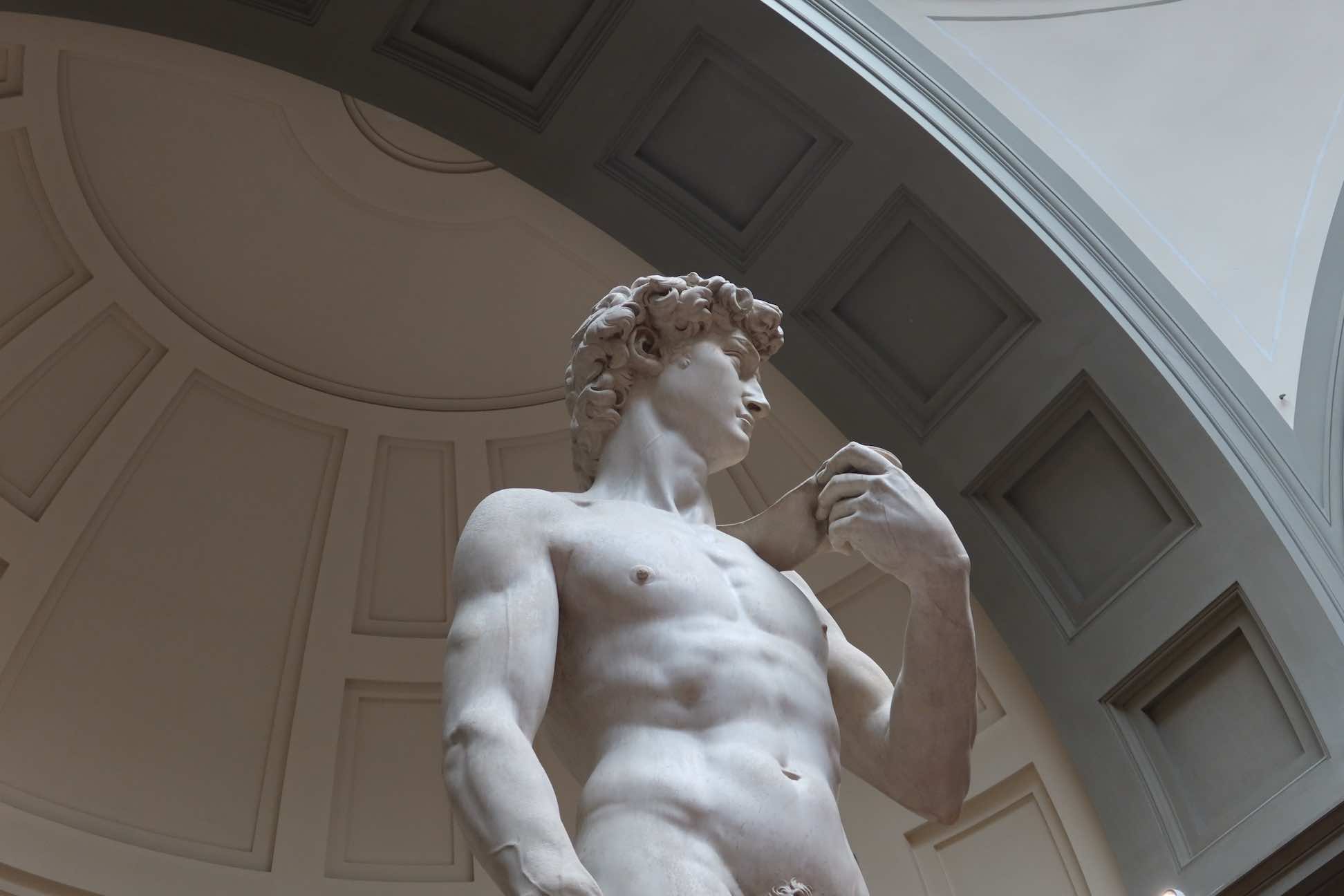 Staying in the San Marco neighborhood means you'll have easy access to the Accademia Gallery and Michelangelo's famous statue of David
Staying in the San Marco neighborhood means you'll have easy access to the Accademia Gallery and Michelangelo's famous statue of DavidIt is such a peaceful place within the heart of Florence, that you may stroll there just to take a break from sightseeing in more chaotic areas of the city.
What to see
Piazza San Marco is famous for its main attraction, the church of San Marco, an architectural gem and culturally significant site.
A place filled with historical variations, the church of San Marco is a Florence must-see for those interested in sightseeing off the beaten path.
Where to stay
Here you can find some of the most affordable hotels, so close to the center.
Staying in this area is a good idea for families with children and those choosing to save on hotel prices.
Where to eat
One drawback is the limited offer of good restaurants.
My favorite dining venues are often found in other areas, though still within a few minutes walk from Piazza San Marco.
San Lorenzo
The San Lorenzo district in Florence is lively and picturesque, bustling with shops, restaurants.
It's most famous for hosting local markets of various kinds, from local produce and food items to souvenirs.
Among these markets, the most famous is certainly the Mercato Centrale, a lively farmers market.
With urban farmers to artisanal food makers and pop-up chefs, this producer-only market hosts some of the finest local food talent in Florence.
Located in the old cast-iron art nouveau building, the market takes up the central hall of the old complex built in the 1800s.
It is the kick-off point for many Florentine food and wine itineraries.
Trust me, it's worth a visit (or two, or three!)
What to see
The neighborhood is especially important in Florence, because it is from here that the noble Medici family built its powerful notoriety, ruling as Lords of Florence and Grand Dukes of Tuscany for more than 3 centuries.
Here you can visit some of the most important landmarks in the entire city, home to many unique masterpieces of art: Palazzo Medici Riccardi, Basilica di San Lorenzo, Cappella dei Principi, Biblioteca Medicea Laurenziana, to name just a few.
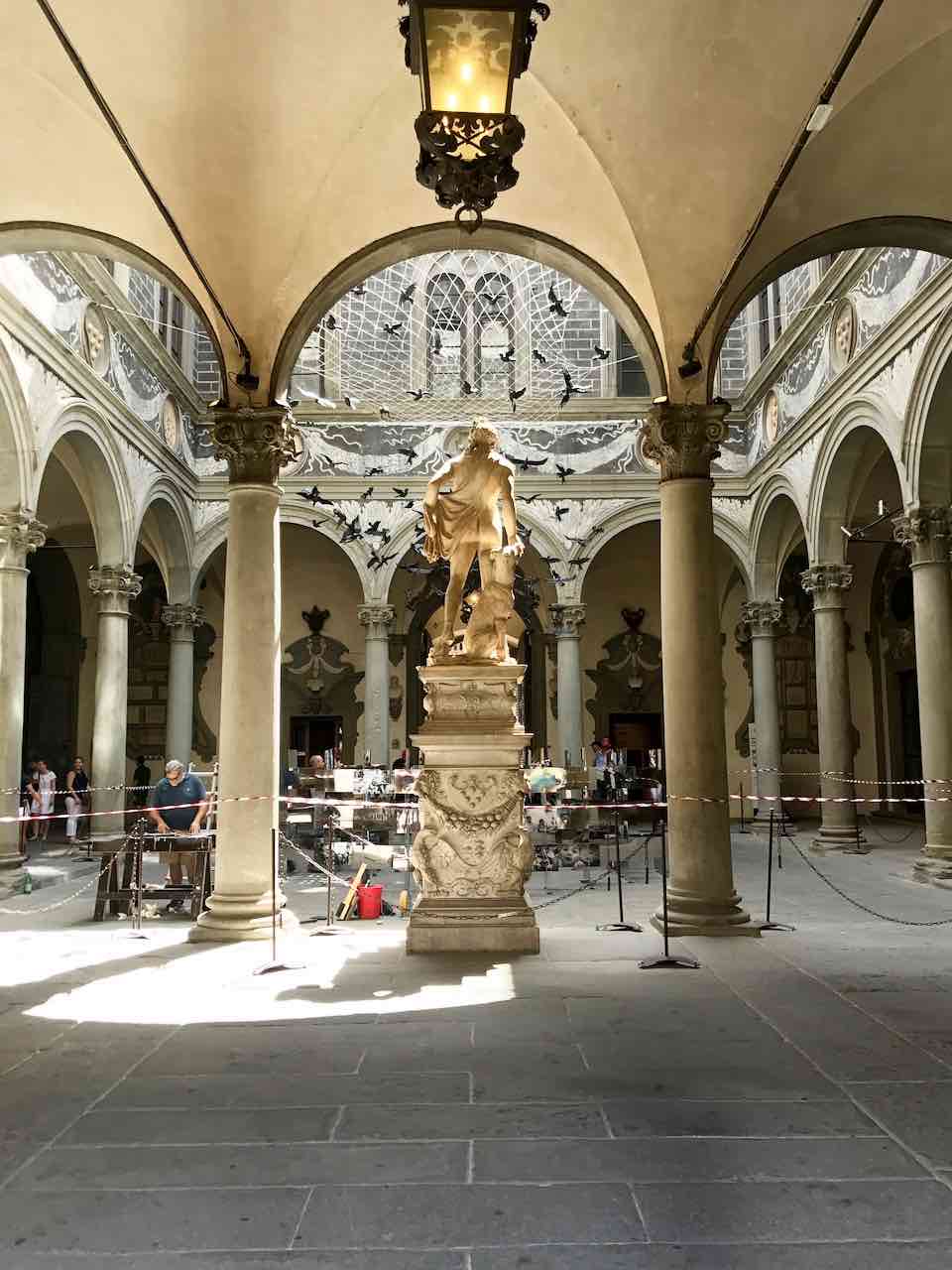 The inner court of Palazzo Medici Riccardi is stunning, showing the influence and power the Medici family had
The inner court of Palazzo Medici Riccardi is stunning, showing the influence and power the Medici family hadI know the amount of things to do in Florence can be quite overwhelming!
But don’t worry, San Lorenzo also has the perfect blend of quaint architecture, history and folklore, giving you a well-rounded experience that you might not expect.
Where to stay
If a budget, artistic vibe is what you're looking for, San Lorenzo is a popular place to have a local experience in the city.
The neighborhood is brimming with budget accommodation options.
Where to eat
Not only does San Lorenzo offer easy access to all the city’s major attractions, it also has the reputation of being the go-to place for authentic Florentine food-joints and elegant cafes.
And even though during the high season (almost year round), it can get really noisy and crowded, I wouldn't miss it for the world and neither should you!
Ponte Vecchio
You'll find the Ponte Vecchio neighborhood on the north side of the medieval arched bridge that straddles the Arno river.
The Ponte Vecchio was built in the 14th century and connects the south of Florence to the north.
It was very well designed, with room for shops on either side of the bridge.
When it was originally built, butchers settled there, and also grocers, smiths and many other craftsmen.
Towards the end of the 16th century, all these merchants were evicted, and it became an exclusive area for goldsmiths.
Since then the Ponte Vecchio has become a bustling and busy area, with jewelry shops, souvenirs stands and touristy restaurants.
And yet, it is the most visited area of the city!
What to See
Its main tourist attractions are the Galileo Museum, hosting one of the most important collections of scientific instruments in the world, and the world-famous Uffizi Gallery.
Of architectural merit is also the Piazza della Signoria, the w-shaped square in front of the Palazzo Vecchio which is a meeting place for local Florentines, as well as the gateway to the Uffizi Gallery.
Add to your bucket list an extra shopping walk to the nearby Jewish Ghetto.
It has an unusual mix of architectural styles added over the centuries, where medieval towers are flanked by Renaissance palaces and elegant lodges.
It's the perfect place to experience Florence through the ages!
Want to save this to Pinterest? Pin it here!
Receive the latest Florence news, travel tips, insights and more!
Simply sign-up today for our free newsletter:
We are committed to respecting your data. Click for our Privacy Policy.
Comments? Questions? Suggestions?
Please come over to the private Facebook group and join in the conversation.
You will often find me there, happy to answer your questions / comments!
You will also meet other Florence lovers and experts, too.
What are you waiting for?

